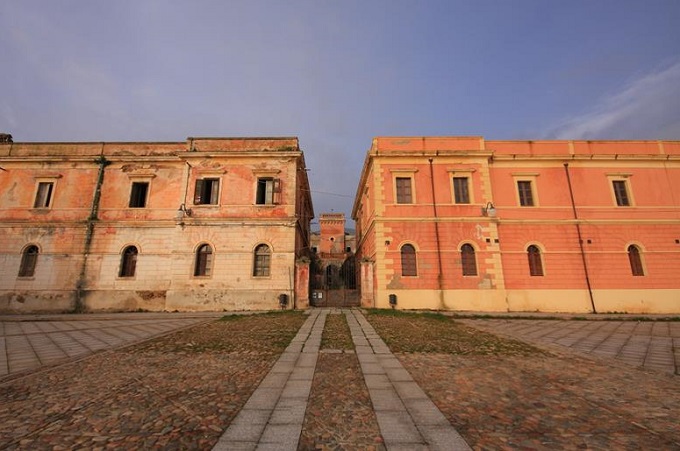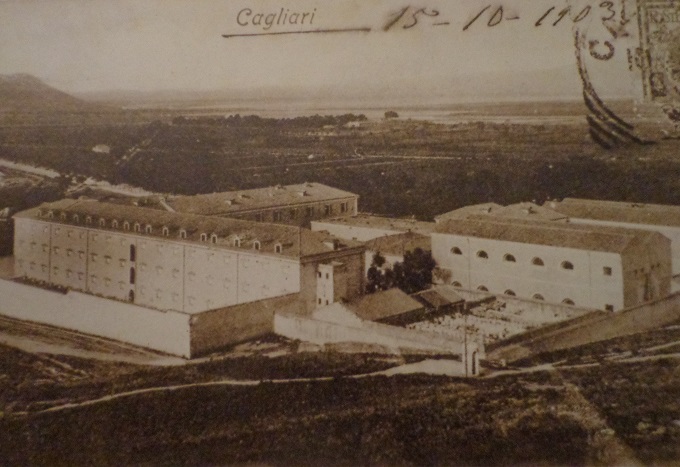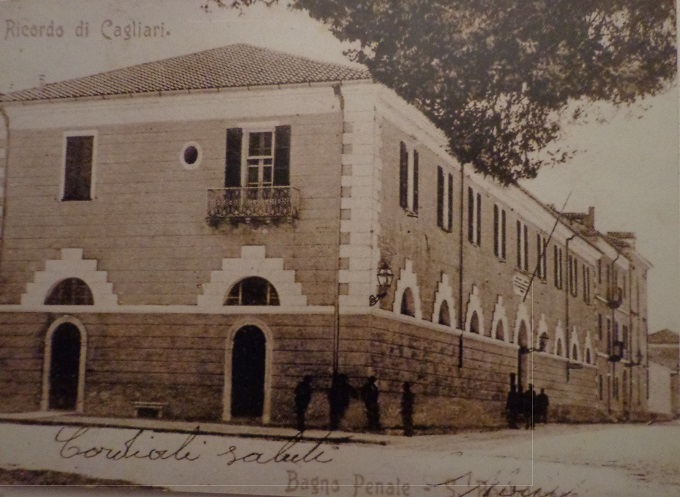Prisons of Castiadas

At 15 kilometers from Villasimius you can visit the old prison of Castiadas, the largest agricultural penal colony and the oldest in Italy, built from 1875 at the behest of Eugenio Cicognani, who became its first director, with the dual purpose of the drainage of the land for the eradication of malaria and the social rehabilitation of prisoners by teaching social rules, basic education and a job.
Contrary to the intentions of the director, the first thirty inmates were chosen from lifers, from the prison of San Bartolomeo in Cagliari, they landed at Cala Sinzias the August 11, 1875, accompanied by seven prison guards, by ship because there were no roads in the area, being abandoned for malaria from about 350 years. The early days were very hard, with high mortality mainly due to deprivation and malaria, despite this the prisoners, first housed in simple wooden huts, built the buildings of the penal colony, the roads, drained swamps, planted numerous eucalyptus trees (a species recently arrived from Australia, which had the capacity to absorb a lot of water draining the land), they created the fields, farms and laid the foundations for food self-sufficiency of the colony.

At this point it was possible for Cicognani Director propose and push through his initial idea on the social recovery of the prisoners, the convicts were replaced by common criminals, that after a period in prison to serve his sentence, were intended for the reintegration into society. These inmates were taught to read and write, to respect social rules and was given a job. Only to prisoners who showed a positive attitude was allowed to work outside the prison, was scheduled a minimum wage for their work: from the simplest works of fertilizer spreaders and harvesters who took 0.65 lire per day, the shepherds and breeders who received 1.30 lire per day. Their pay was divided into three parts: one part was being delivered to buy basic goods inside the prison than those that were passed by the prison system (but in case of damage to property of the penal colony, this pays could also be subtracted, una seconda parte veniva inviata alle famiglie, una terza parte veniva messa da parte e gli veniva consegnata nel momento in cui venivano liberati, per consentirgli di avere un piccolo gruzzolo che permettesse di comprarsi il necessario per poter lavorare onestamente (“>to repay the damage), a second part was sent to the families, a third party was put aside and was delivered at a time when they were freed, to enable him to that would allow to buy what they needed to be able to work honestly (“>animals to breed, a small plot of land or working tools).

The meeker prisoners, who were allowed to work outdoors, staying in dormitories of 10 beds, woke up at 4 in summer and 6 in winter, with a break of one hour for lunch and then continued to work until 17 at 18:30 hours were locked at night, they had a cream-colored clothing and were required to shave and go to church. The detainees who violated these rules were deprived of the right to work outside the prison (and the consequent pay), they had a dress with vertical stripes (easily recognizable in case of escape), were housed in isolation cells where they could not see the sky, or depending on the offense, blocked with irons or straitjackets or sent to the darkroom, totally devoid of sunlight. They were fed on bread and water for periods of up to one week in a row (if the punishment was longer were entitled to a varied meal per week). In isolation cells adults were made to sleep on the granite floor, while boys who were still growing had the right to a bed consisting of a raised wooden floor to the ground.
The penal colony came to have thousands of hectares of farms, cultivated with wheat, oats, olive, orange, almond, lemon, beans and alfalfa, were bred rabbits, chickens, sheep, cows, were produced cheeses and coal, which were periodically sent to Cagliari to be sold, with the proceeds were paid salaries of guards and detainees. They also tried to implant the cultivation of mulberry trees for silk production, but did not go ahead due to the excessive heat.
Starting from 1941 began proceedings to transfer the penal colony first to Ente Ferrarese di Colonizazione, later replaced by Ente di Trasformazione Fondiaria Agraria della Sardegna up to the final closing of the prison in 1956. Since then, prisons have been facing a slow degradation, only recently the municipality of Castiadas, which became independent from that of Muravera in 1986, came into possession of the building of prisons and is slowly restoring and opening to the public the enormous complex.
After visiting the prisons we recommend a good dinner in the restaurant overlooking “the old Prisons”.
